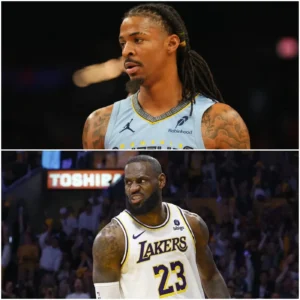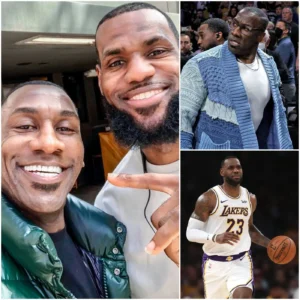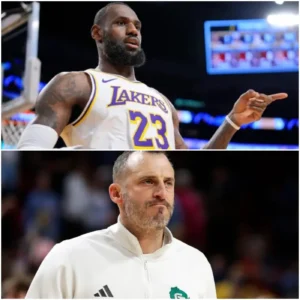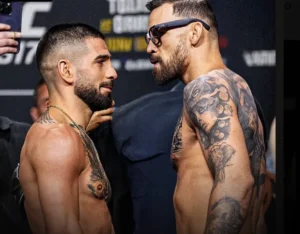Miserable Free-Throw Parade Ruins Celtics vs. Cavaliers Finish
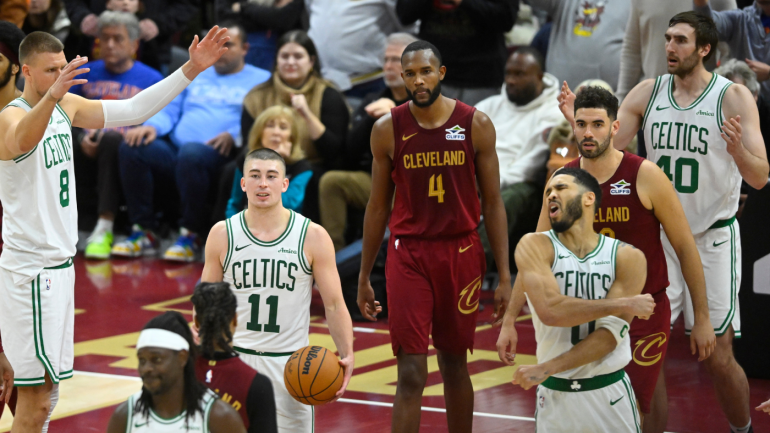
image 674ea487eab75.webp
The Cleveland Cavaliers narrowly defeated the Boston Celtics 115-111 on Sunday, but instead of a thrilling finish, the game was marred by an agonizing parade of free throws. With the Cavs trailing by five points with just over three minutes left, Donovan Mitchell quickly caught fire, hitting three 3-pointers and scoring 11 points in just two minutes. However, instead of concluding with an exhilarating game-tying shot or buzzer-beating 3-pointer, the final moments devolved into a frustrating series of 17 free throws in 34 seconds, which in real-time took nearly half an hour.
This anti-climactic end is just the latest example of why traditional timed basketball endings are increasingly seen as flawed. The Elam Ending, an alternative proposed to fix this issue, could transform the way games are concluded by eliminating the running clock in the final minutes, ensuring a more exciting, drama-filled finish. Let’s explore why the NBA should adopt the Elam Ending and how they can fix the ongoing issue of end-of-game intentional fouls.
Why the NBA Should Consider the Elam Ending
The Elam Ending, which eliminates the clock at the four-minute mark of the fourth quarter and instead introduces a target score—seven points higher than the leading team’s score—has already been tested successfully in NBA All-Star Games and The Basketball Tournament. By stopping the clock and racing to a target score, the Elam Ending guarantees a game-winning shot, eliminating the incentive for intentional fouling that disrupts the flow of the game.

As Jon Mugar, the creator of The Basketball Tournament, explained: “If Naismith invented the game 130 years ago with the Elam Ending, and someone tried to implement timed endings, it would be the biggest failure of all-time.” The current system, where teams intentionally foul when up by three points, results in the game slowing down to a crawl, depriving fans of dramatic, final moments. This pattern, as seen in the Celtics vs. Cavaliers game, turns what should be an exciting finish into an interminable free-throw contest.
The Problem: Free-Throw Fiasco at the End of Games
The Celtics-Cavaliers game ended in frustrating fashion with a series of intentional fouls that prevented Boston from attempting a game-tying 3-pointer. After Payton Pritchard hit a crucial deep three to cut Cleveland’s lead to one point, the fouling began. Boston fouled Cleveland, and after Darius Garland made his free throws, Cleveland responded by intentionally fouling to stop Boston from taking a potential 3-pointer.
The sequence continued, with the clock stopping and multiple free throws stretching the final 34 seconds into nearly half an hour of agonizing stoppages. In the end, Pritchard had a chance to rebound his intentionally missed free throw, but was called for a violation before he could attempt it, finally ending the game in a series of chaotic gimmicks.
The Solution: Fixing End-of-Game Fouling in the NBA
The NBA can easily address the problem of intentional fouling in the final moments by legislating better end-game rules. Just like how the league successfully legislated out take fouls to speed up play, it can implement a simple fix to prevent teams from fouling in critical moments.
A potential solution could be: if a team is up by three points with under 24 seconds left, any foul committed outside the three-point arc results in three free throws. Additionally, any intentional fouls away from the ball—such as those meant to avoid a game-tying shot—could result in a technical foul after multiple infractions, which would penalize the team and stop the endless cycle of fouling.
This would ensure that teams no longer use fouls as a tactic to prevent last-second 3-point attempts, and fans could finally see the thrilling finishes they deserve.
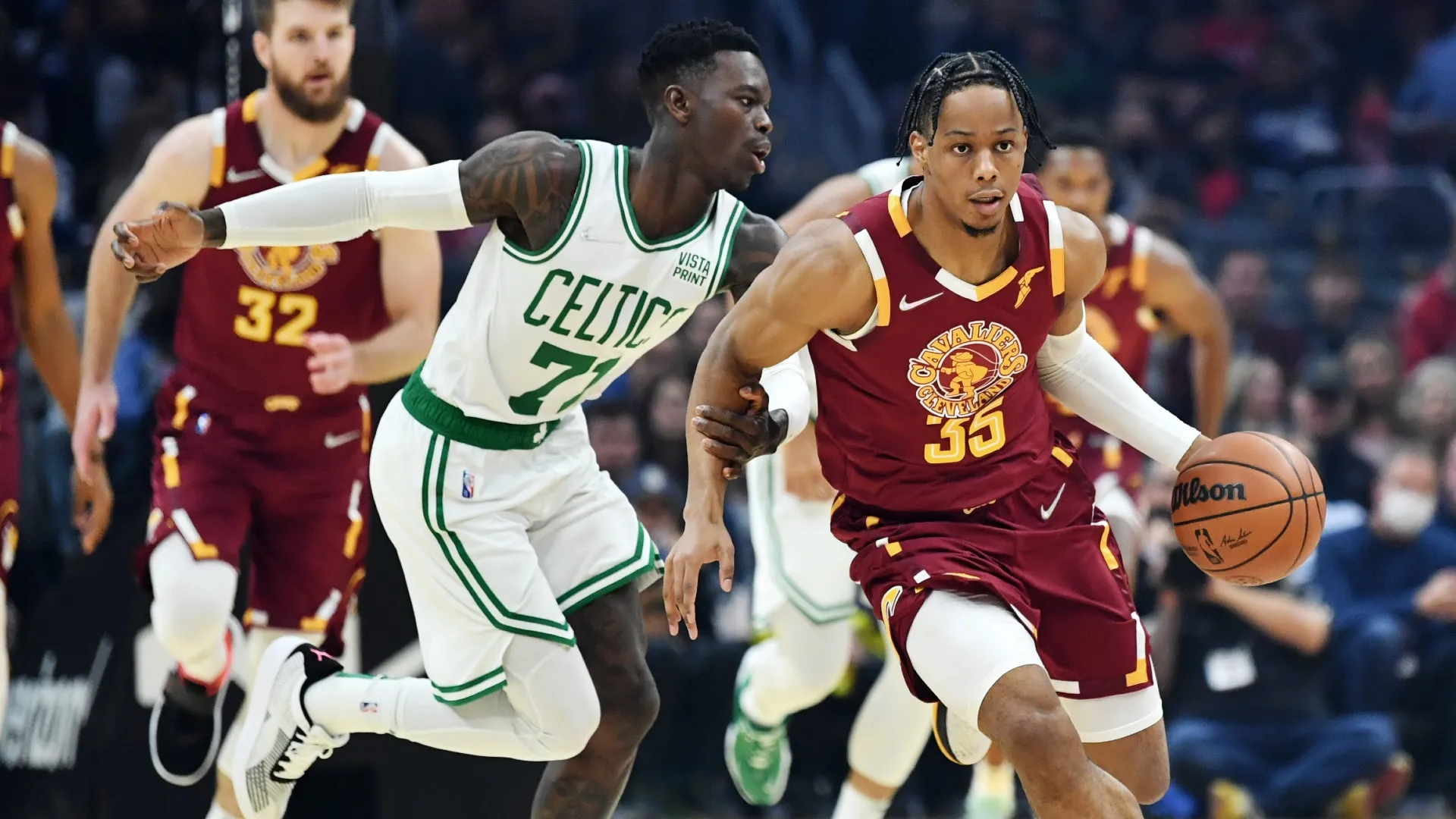
Conclusion: A Simple Fix for an Ongoing Problem
Unlike other sports where penalties don’t manipulate the outcome of a game (e.g., football or soccer), basketball has a unique problem where fouls and missed free throws can actively influence the game in a detrimental way. The NBA needs to act and put in place measures that will preserve the excitement of game endings. The Elam Ending is one possible fix, but until then, legislating intentional fouls and removing the incentive to foul when leading by three would instantly improve the entertainment value and fairness of the game.
Ultimately, the NBA’s job is to entertain, and right now, it is failing in that regard. The Boston-Cleveland game should have ended with a nail-biting, dramatic finish, but instead, fans were subjected to an absurd free-throw parade. It’s time for the NBA to acknowledge this issue and take action to ensure a more thrilling and enjoyable conclusion to games.
